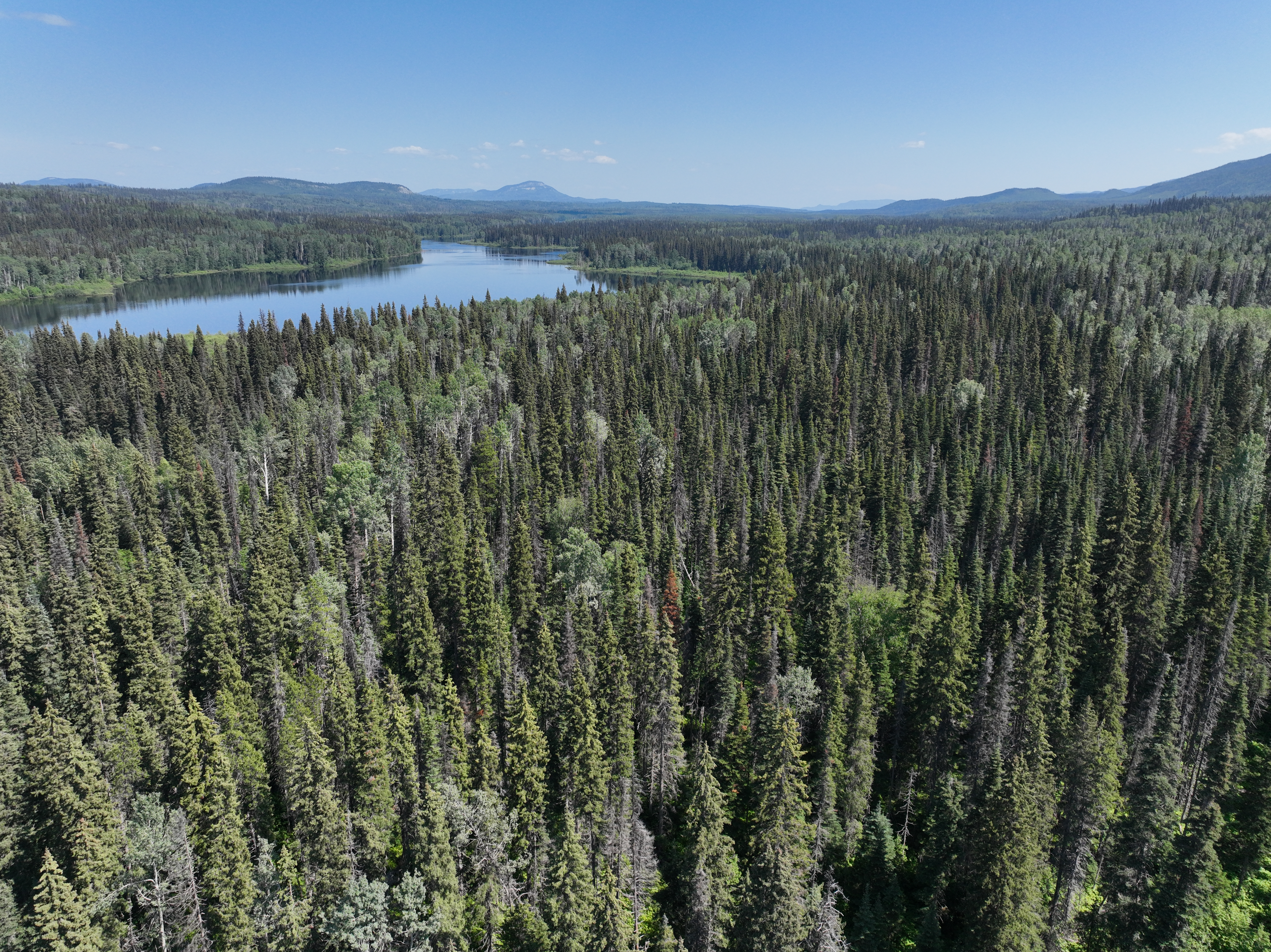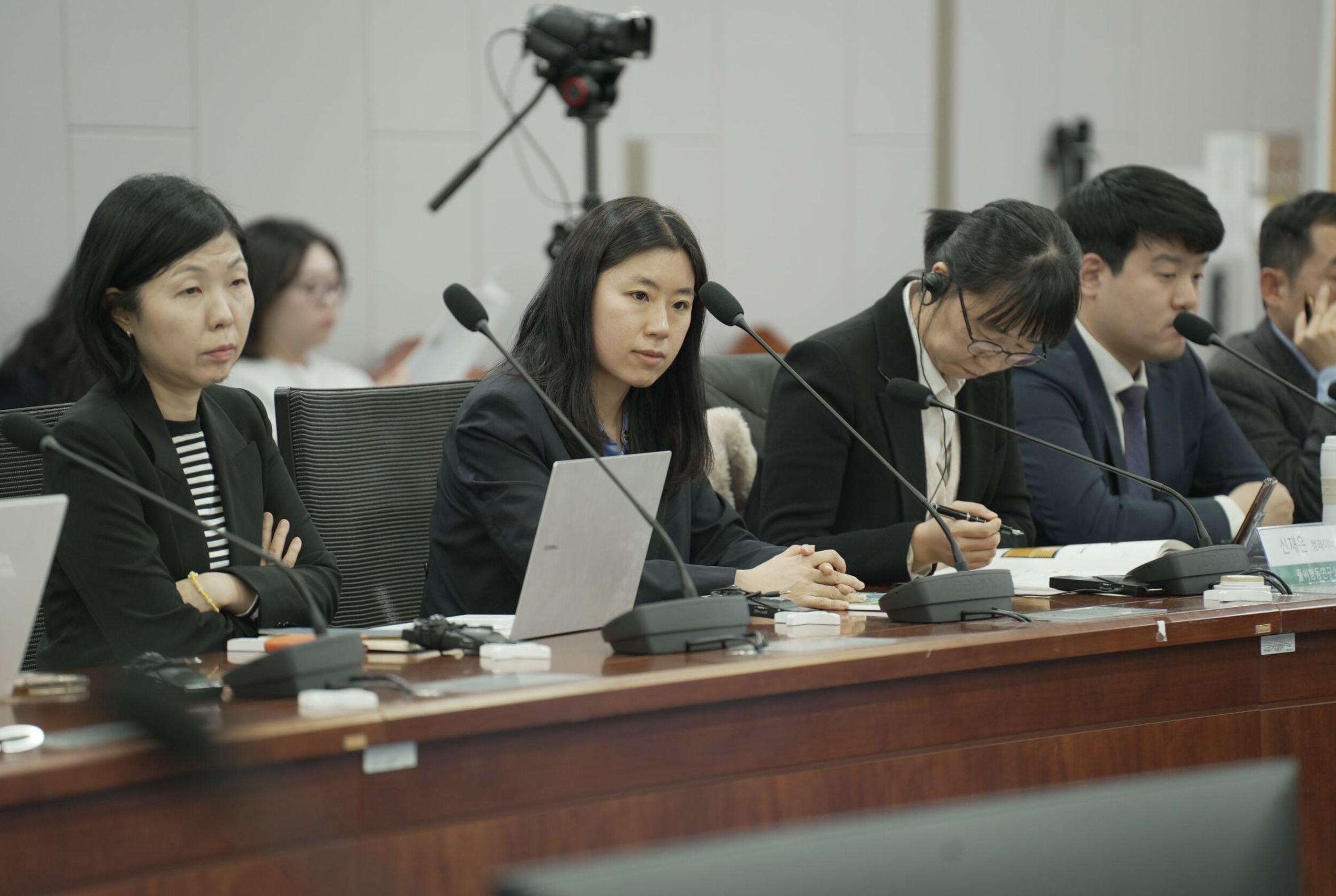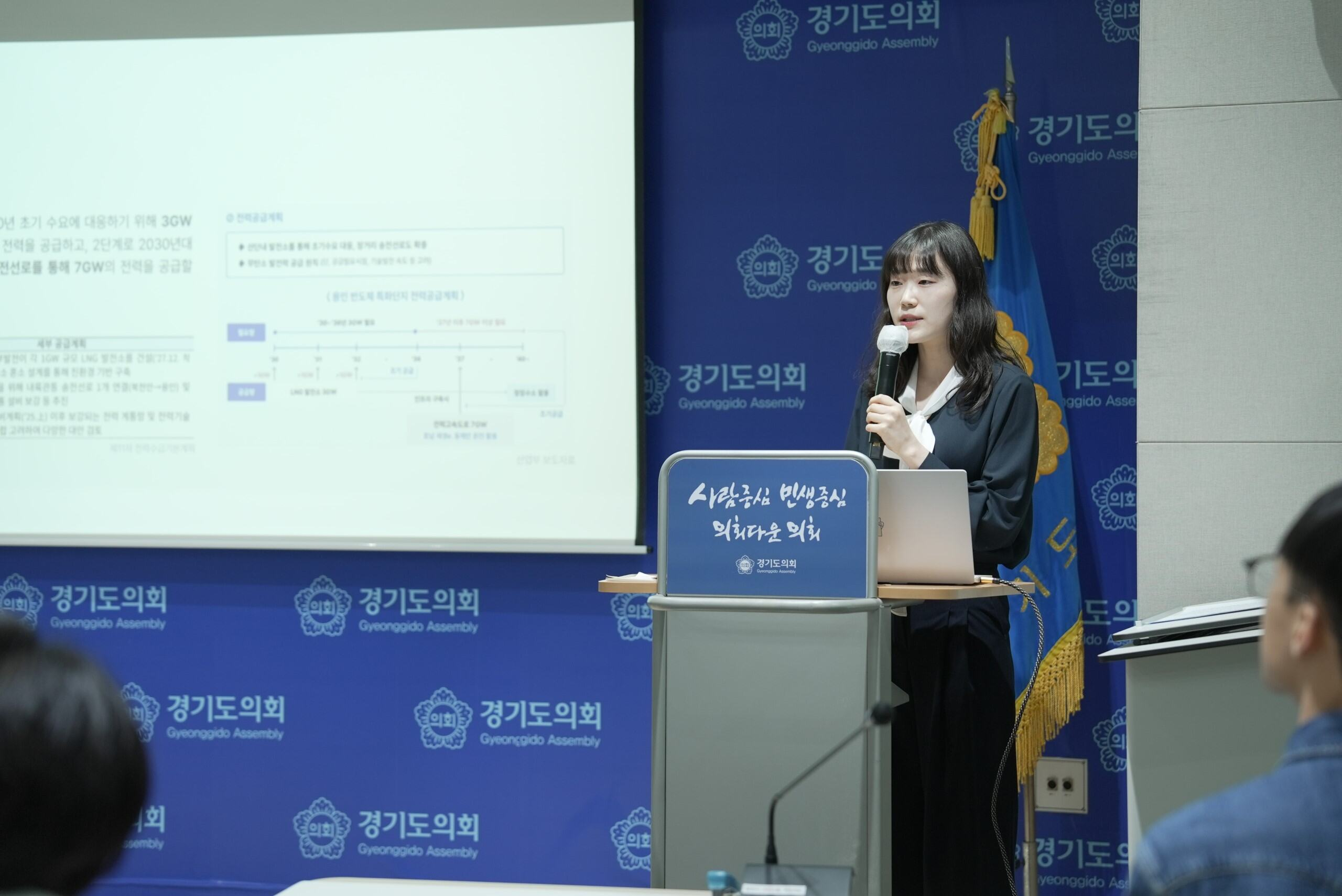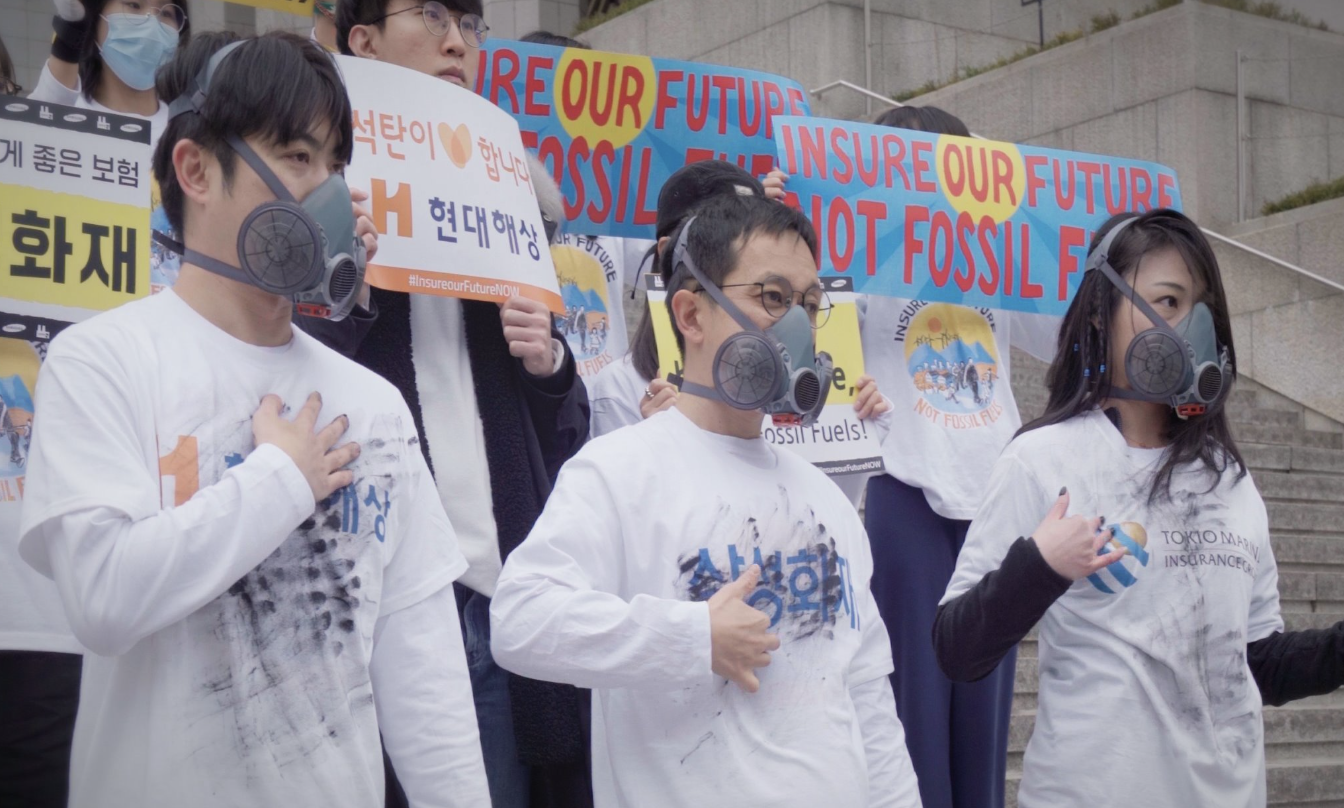
The Brown-throated Three-toed Sloth (Bradypus variegatus) is known for its incredibly slow pace, so much so that algae grow on its fur.
On the other hand, the Buff-tailed Coronet (Boissonneaua flavescens) is found in the Andean cloud forests of Colombia. This hummingbird darts rapidly from flower to flower, feeding on nectar with lightning agility.

(Left: A Brown-throated Three-toed Sloth (Bradypus variegatus) Credits: Masteraah at de.wikipedia, CC BY-SA 2.0 de; Right: Buff-tailed Coronet (Boissonneaua flavescens) )
These two endemic species of Colombia seem like the perfect analogy of what went on at the Convention on Biological Diversity (CBD) 16th Conference of the Parties (COP16). The COP took place between October 21st and November 1st in Santiago de Cali, Cali for short, nestled in Colombia's western Andes, renowned for its rich biodiversity, lush surrounding mountains with tropical rainforests, and cloud forests. This was the first COP since the signing of the Kunming-Montreal Global Biodiversity Framework (GBF) in 2022 and was supposed to be a stocktake of the rolling out of the National Biodiversity Strategy and Action Plans (NBSAPs). Spoiler—only 44 out of 196 (22%) were submitted, with developing countries citing the lack of financial resources to complete the NBSAPs.
Lack of alignment in priorities hinders progress

(The entrance to the Blue Zone—the area managed by the United Nations and restricted to official delegates, government officials, negotiators, and accredited observers. Here, the formal negotiations and high-level discussions take place.)
In general, negotiations among countries progressed slothly. Delegates got stuck on the smallest grammar details and had very different views on the most important topics for financing biodiversity conservation, such as harmful subsidies, the use of genetic materials, and the implementation of a subsidiary body of Indigenous Peoples.
A lot of side-eyeing ensued.

("Naturally Colombian" is one of three striking jaguar (Panthera onca) statues showcased in the Blue Zone, crafted by artist Jennifer Mafla Valenzuela. This artwork is part of the Jaguar Parade, an impactful artistic initiative aimed at raising awareness and supporting the conservation of this iconic South American feline.)
Nevertheless, there were some positives. A significant step was taken to empower Indigenous communities with a formal role in the UN biodiversity framework, and a historic agreement on new mechanisms to describe ecologically or biologically significant marine areas (EBSAs) was reached after years of negotiations.
However, the summit faced setbacks in addressing the critical nature finance gap. Despite the establishment of the "Cali Fund" to ensure equitable sharing of benefits derived from Digital Sequence Information (DSI) use, there was a clear failure to secure broader financial commitments. Discussions on creating a new fund under the COP framework were inconclusive, necessitating further deliberations in upcoming intersessional meetings.
This shortfall underscores the urgent need for innovative and reliable financing mechanisms and to repurpose that money for real nature positive solutions to meet biodiversity targets and address escalating environmental threats. It also reflects the trend that sees developed countries not meeting their commitments for funding to developing countries. It also highlights their unwillingness to convene on what are the harmful subsidies possibly also due to certain sectors lobbying.

(The iconic Biodiversity Jenga—a six-meter-tall tower of hollow blocks, each showcasing miniature models of various ecosystems, from lush tropical jungles to vibrant kelp forests. Created by Canadian artist Benjamin Von Wong and on display in the COP16 Blue Zone, the Jenga represents the intersectionality of our biodiversity.)
Events and biodiversity deep-dives outside of the conference venue
Side events went on in full gear in the Blue Zone, with more than a couple dozen taking place each day and people bustling from one pavilion to another. People were actively sharing lessons learned and exploring new opportunities, from finance and business insights to discussions on wildlife conservation and rewilding. Government representatives highlighted efforts to align Climate and Biodiversity Plans, while Indigenous Peoples shared their knowledge and concerns about the current state of play. It was a sight to behold, with local staff busy giving indications and local birds flying past participants running from one event to another.

The weekend was a fairly slow period for side events, while negotiations still went on for certain topics. Most of the people participating took advantage and went sightseeing in Cali.
Some people chose the Green Zone (La Zona Verte), where people from all backgrounds danced, sang, and participated in different events regarding biodiversity conservation and restoration taking place all around the venue. It was a vibrant atmosphere quite unlike the more formal one of the Blue Zone.

(Scenes at the Green Zone – the area open to the general public and serves as a space for civil society, including NGOs, businesses, youth groups, and local communities, to participate in the conference in a more informal way.)
Some others chose to embark on a quest looking for the rarest wildlife that the Andean cloud forests around Cali could offer. Peñas Blancas and La Leonera in Cali’s West Andes highlighted the transformation of former mining communities into conservation advocates. Once reliant on gold mining and logging, local residents have transitioned to eco-tourism and sustainable agriculture, supported by regional authorities. At Los Yarumos Reserve, a former pine plantation is now regenerating with native species, bringing a resurgence of local fauna, including sightings of the rare Andean bird Cock of the Rock.

(Left) A Lamplight Altinote (Altinote ozomene) found during a walk in the Andean cloud forests over Cali/ (Right) An Andean Cock of the Rock (Rupicola peruvianus). Credits: By Jerry Thompson - IMG_4233aa, CC BY 2.0, https://commons.wikimedia.org/w/index.php?curid=5412092)
Looking ahead – the Cali Fund & key gaps to fill
Overall, COP16 marked meaningful progress in empowering Indigenous voices within the UN biodiversity framework, yet critical gaps remain, especially in securing sufficient and much needed finance for nature conservation. While the establishment of the Cali Fund and other initiatives signal steps forward, the pressing need for more robust and sustained nature finance persists and decisions have been delayed to future negotiations. As global biodiversity goals draw nearer, the momentum from COP16 underscores the urgency for collaborative and innovative solutions to protect our planet’s most vital ecosystems.
While we wait to see how countries will fulfill their commitments to nature conservation at COP17 in Armenia in two years, it's now time for the Climate COP! UNFCCC COP29 has just kicked off in Baku, Azerbaijan, amid significant controversies—such as Azerbaijan’s heavy reliance on oil and the president's links to the national oil industry. At this critical juncture, there is an urgent need to implement the Paris Agreement targets through stronger, improved Nationally Determined Contributions (NDCs), ensuring alignment with the GBF goals and NBSAPs.
These steps are essential as we look ahead to COP30 next year in Belem, Brazil, where further commitments and actions will be expected to drive global climate and biodiversity solutions forward.
Meanwhile, check out our latest report on how Korean Banks are faring regarding the GBF: https://forourclimate.org/research/542
For great visual content, make sure to watch our latest video on why Nature Finance is fundamental: https://youtu.be/__1DtGXEPX4?si=al3ajEmDNEqhNjAR





